Comprehensive Review on Eukaryotic Chromatin Remodeling Processes
VerifiedAdded on 2022/08/23
|5
|1066
|22
Report
AI Summary
This report provides a comprehensive review of eukaryotic chromatin remodeling, a crucial process for regulating gene expression. It begins by defining chromatin and its role in cell division, DNA transcription, and repair. The report then delves into the process of chromatin remodeling, explaining how it allows DNA binding proteins and transcription factors to control gene expression. The core of the review explores two main types of chromatin remodeling: those involving protein complexes that modify histone proteins, and those involving ATP-dependent molecular motors. Four ATP-dependent remodeling complexes (Mi-2, ISWI, SWI/SNF, and Ino8o) are discussed, including their subunits and functions. The report also highlights the role of the INO80 complex in spermatogenesis and DNA repair. Furthermore, the report discusses the impact of abnormal chromatin deregulation on cell function, leading to neurodevelopmental disorders, immunodeficiency diseases, and cancer. Specific conditions, such as ATRX syndrome and CHARGE syndrome, are examined in the context of chromatin remodeling complexes, and the report concludes by emphasizing the importance of understanding chromatin remodeling for comprehending cellular processes and disease mechanisms.
1 out of 5
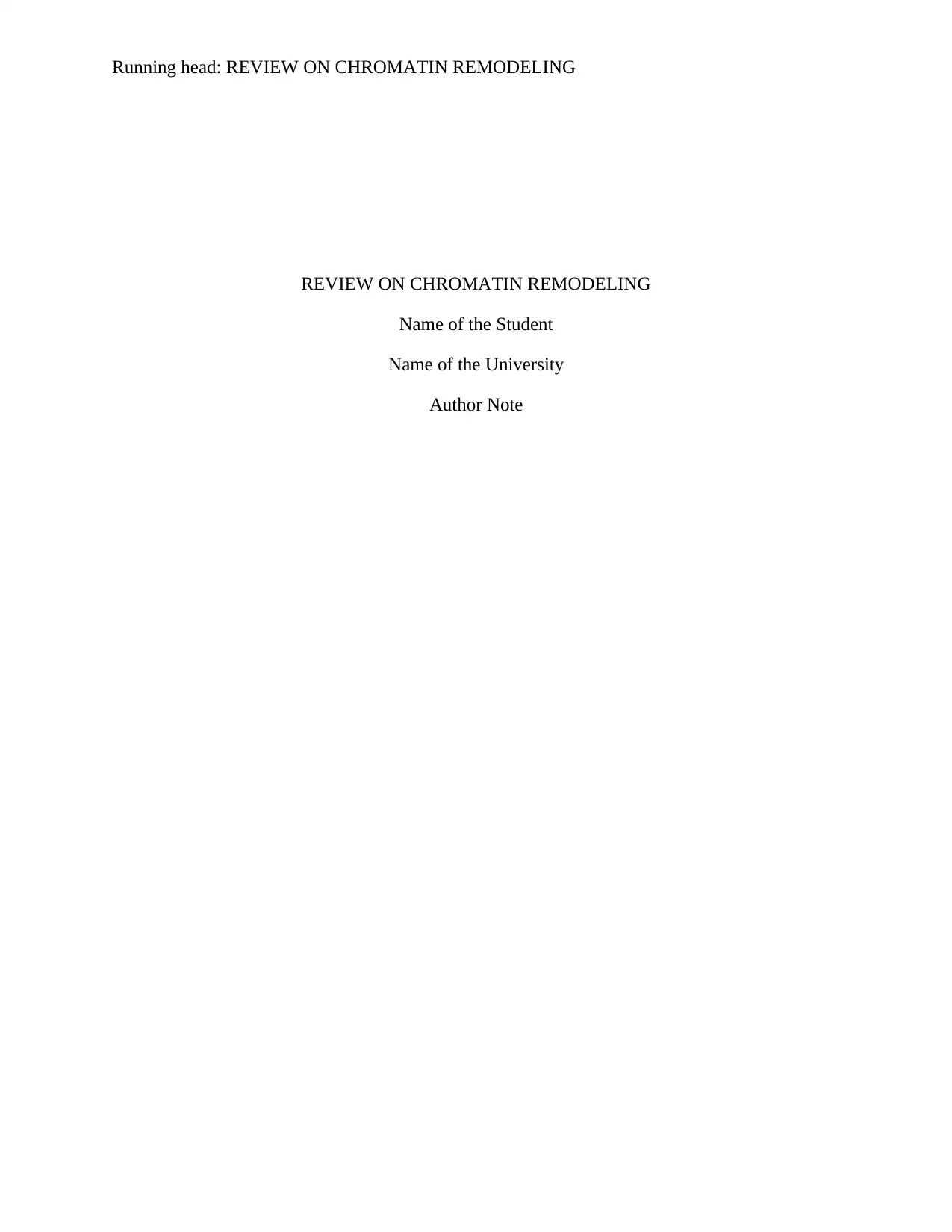
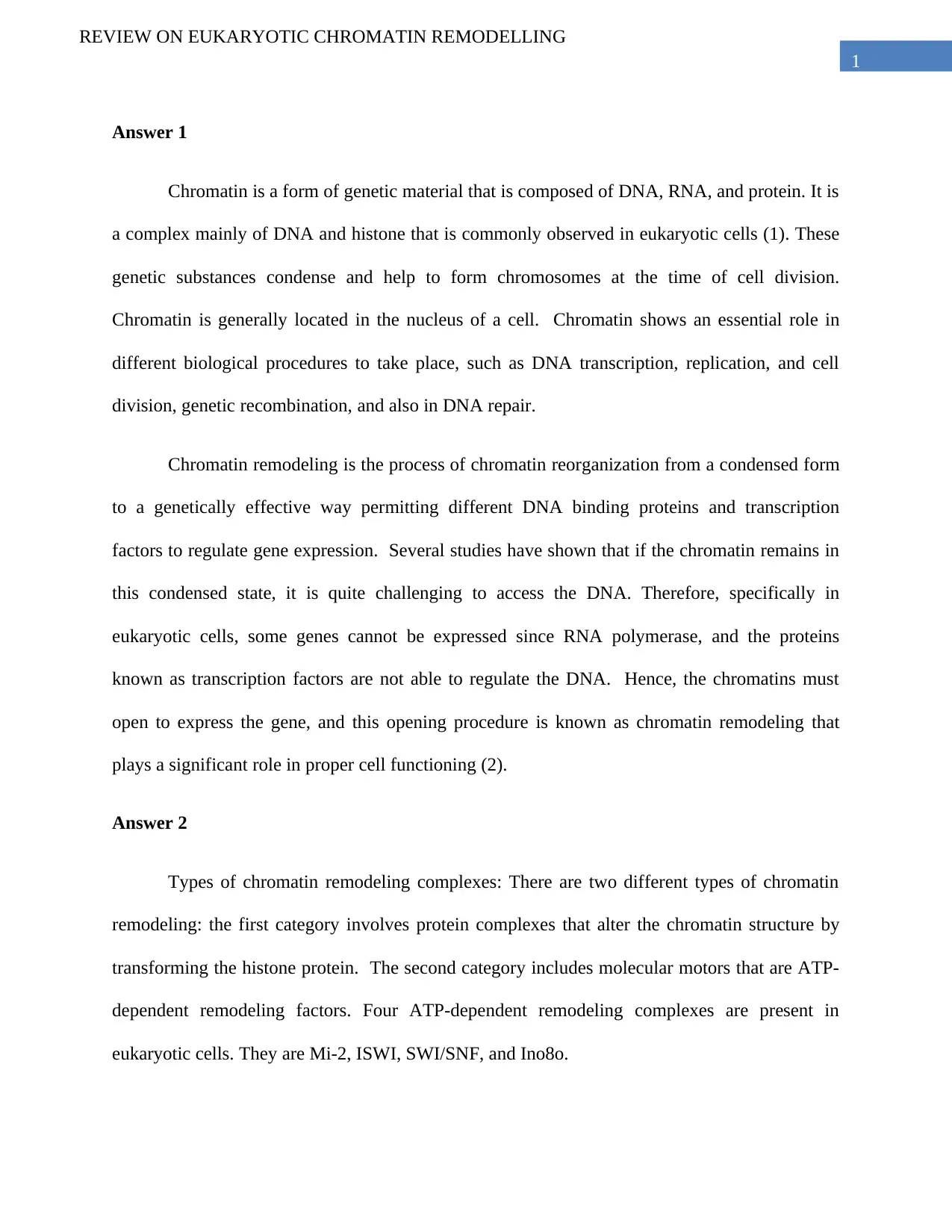
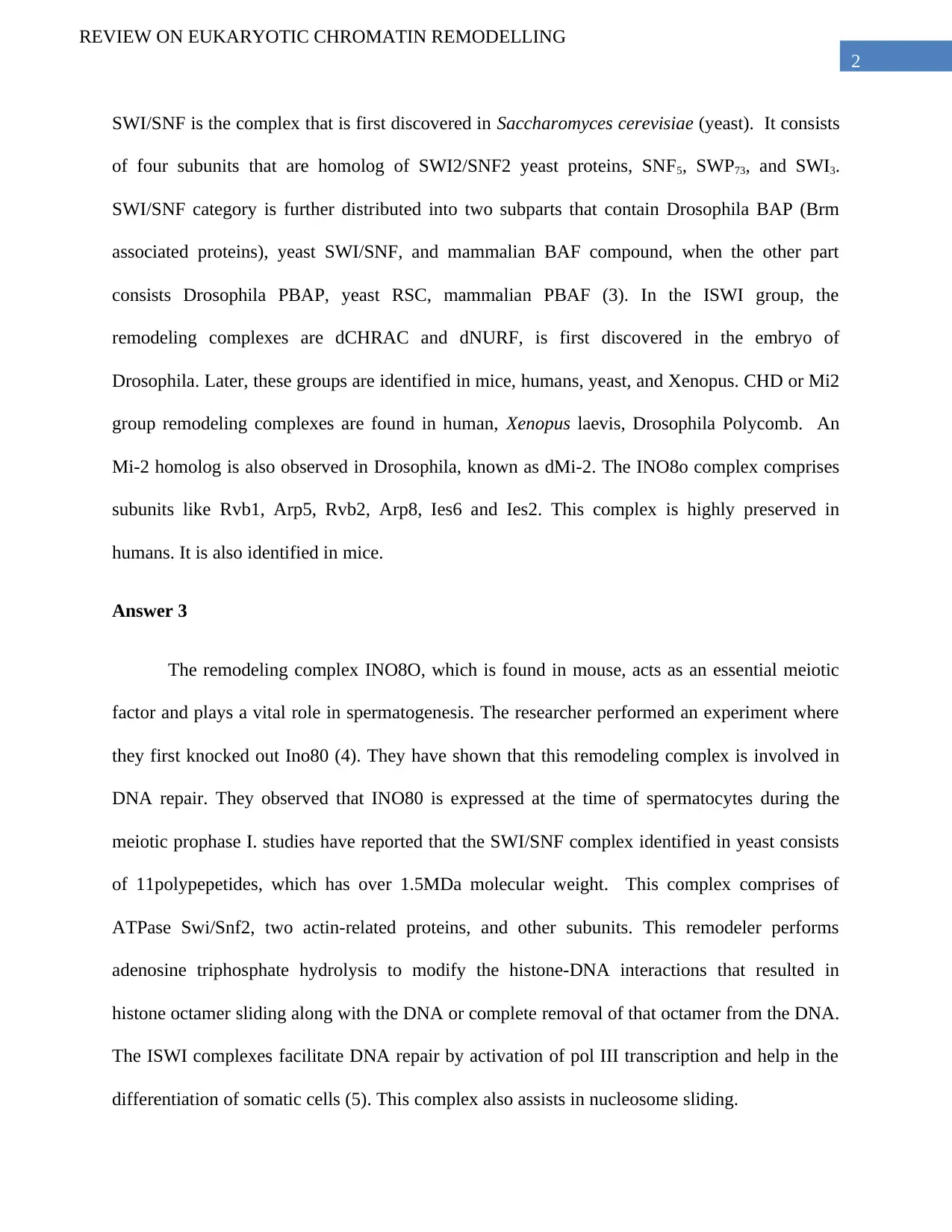

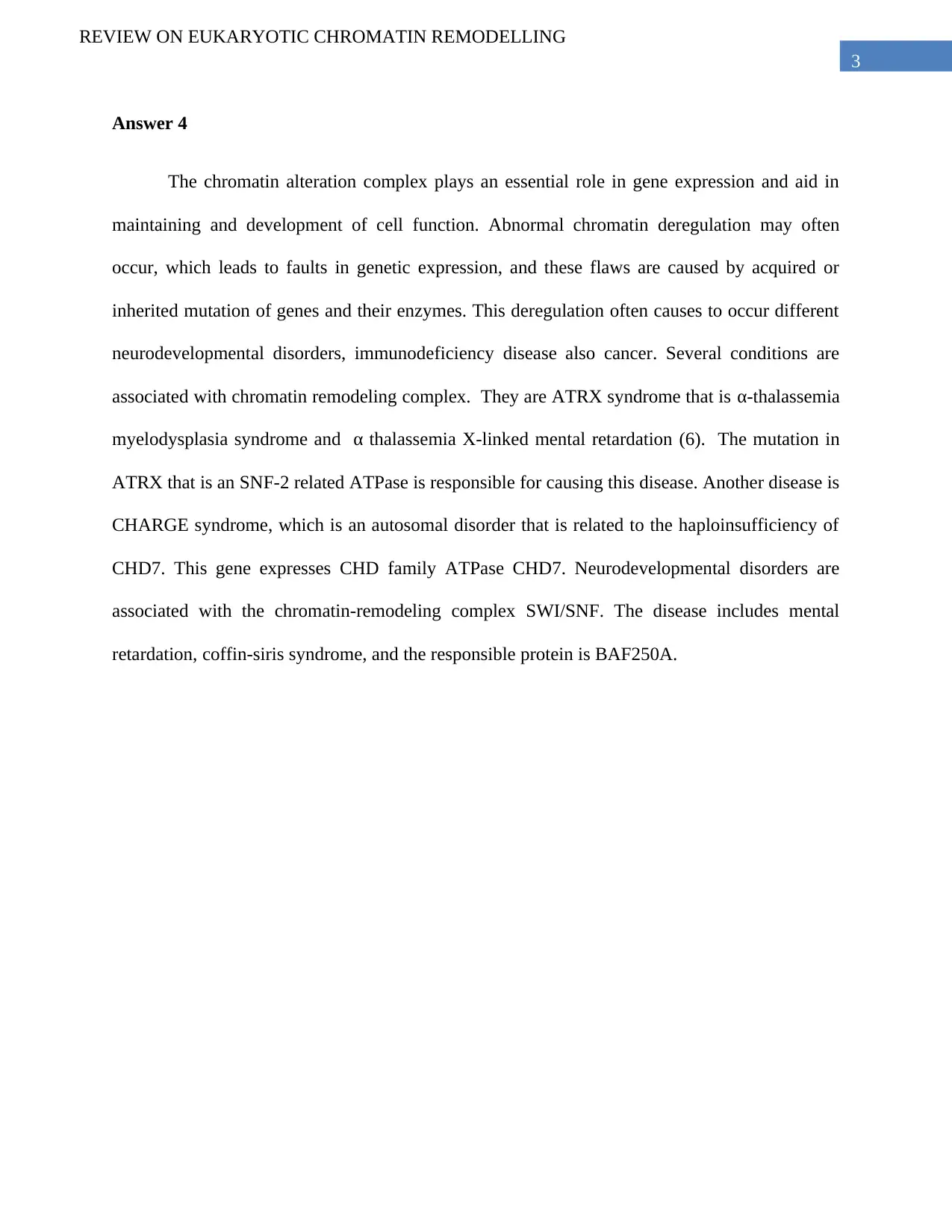
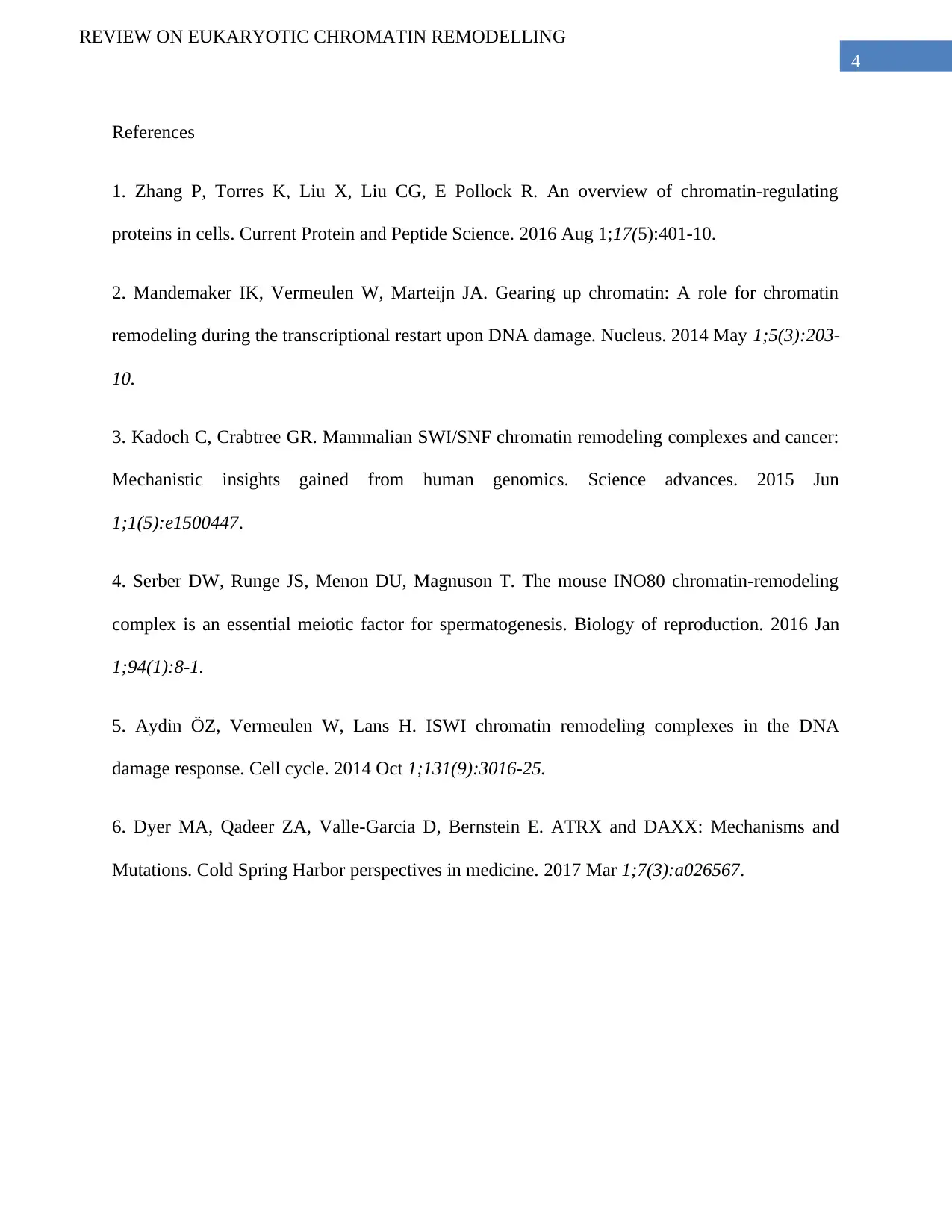




![[object Object]](/_next/static/media/star-bottom.7253800d.svg)